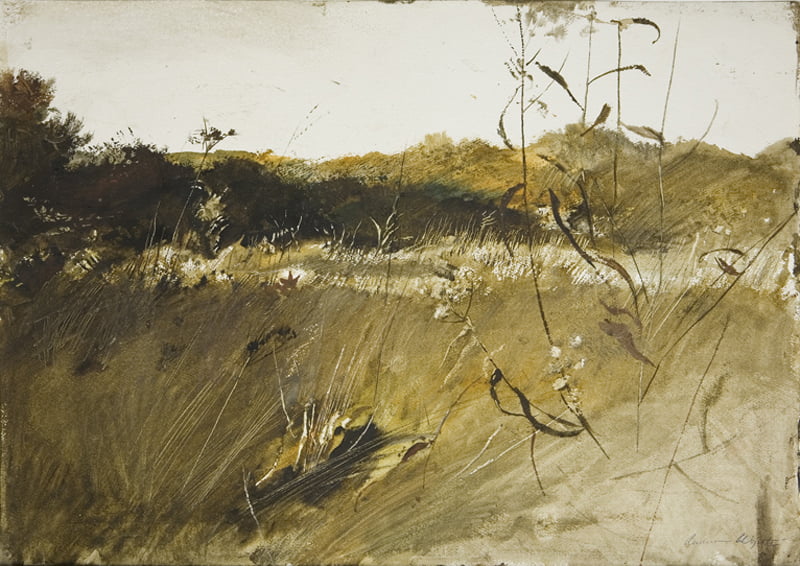Impasto is the name given in artistic painting to dense paintbrush strokes or spatula. The material painting is a derivative of the impasto where the use of matter on the canvas is exaggerated even more. Impasto can be used in almost all painting techniques, including thin techniques like watercolor. Although it has actually been used in different techniques such as tempera and oil for centuries, what today is often called impasto, which are the dense and textured brushstrokes of paint, did not emerge until the late Renaissance with the Titian painting.
Painters like Rembrandt were widely criticized in their day for their heavy use of impasto, while painters like van Gogh made impasto the hallmark of their painting style.
Nowadays it seems that painting in an impasto way is as simple as opening a tube of impasto paint, or mixing any paint with an impasto gel medium, and painting on any frame. However, there are some things that must be considered to achieve the best possible result in impasto technique, in terms of finishes, and also so that our impasto work is stable and durable. Here Chicago-based artist David Berkowitz will mention some important points to consider to achieve impasto of the best technical quality.

Impasto painting techniques
It is not a mandatory requirement that all impasto painting must be done in oil or acrylic. Similarly, the impasto does not necessarily have to be as thick and textured as in van Gogh’s work. In reality, it can be much thinner than in this painter’s work or even much thicker. It all depends on the needs of the artist and the technique in which you want to paint with impasto.
In techniques such as water tempera and the watercolor technique, impasto is used much more delicately. In the water tempering technique the impasto is known as drybrush, and in the watercolor technique as gouache, since in the past gouache and watercolor were not seen as separate techniques, explains David Berkowitz Chicago. Said modalities of both techniques do not produce impasto like those characteristics of the oil, encaustic or acrylic technique, which are usually thick and textured. Rather, they generate much more subtle impasto, consisting of slightly denser forms of the techniques to which they correspond.
The impasto in these thin techniques is subtle because of the qualities of the techniques. Due to the fact that some techniques use as binder media with a higher bonding capacity than others, or media much more flexible than others, there are some of them that allow light and others thick impasto.
The more delicate techniques such as water tempering, watercolor, casein and wax soap involve making more subtle impasto. On the other hand, techniques with a greater bonding capacity, such as varnish tempering, acrylic, oil and encaustic, allow much denser impasto to be made with them. Regardless of whether the technique in which we want to paint with impasto is delicate or allows more rough handling, the rules that the supports must follow to achieve the best possible result are similar.
For more information on how to add a new dimension to your painting by using the impasto technique, or if you simply want to learn more about David Berkowitz Chicago and his artwork, make sure you check his publication on EDM Chicago.

